Retro Replay Review
Gameplay
Classic Night merges strategy and action in a unique light-collecting adventure. You control Harigol, an emissary of the moon sent to siphon brightness from lanterns, plants, and streetlights. Movement and exploration unfold on a world map of interconnected circular nodes, each representing a distinct level. Traversing slopes introduces an unconventional camera tilt that transforms ceilings into floors, adding both visual novelty and occasional disorientation.
The control scheme is split between keyboard and mouse: arrow keys or WASD direct Harigol’s steps while mouse clicks and holds govern his arm movements and light extraction. As you accumulate “light units,” you invest them in upgrades—extending Harigol’s reach, improving extraction speed, or constructing bespoke light sources that summon AI companions. These strategic choices shape your efficiency and determine how smoothly you progress through the more challenging stages.
Difficulty spikes come in the form of timed races against the nimble Siro creatures or frantic chases by the manic Crazy Rabbit. Success demands quick reflexes, smart upgrade paths, and effective use of your summoned allies. While some levels feel finely tuned, the abrupt cliffhanger in the unfinished “Wolf Factory” level underlines the game’s premature end, a direct consequence of the developer’s stolen source files.
Despite occasional control quirks and the abrupt ending, Classic Night’s gameplay loop is deeply satisfying. Extracting light becomes almost meditative, and the interplay between strategic resource management and real-time action keeps players engaged. Fans of hybrid genres will appreciate the depth here, though newcomers may need time to master the dual input scheme.
Graphics
Visually, Classic Night presents a minimalist yet charming aesthetic. The circular world map is rendered in subdued nighttime hues, making each illuminated level node glow invitingly. Inside levels, environments range from shadowy forest groves to lantern-lit urban streets, providing varied backdrops for your nocturnal quest.
The most striking graphical feature is the camera’s dynamic tilt when Harigol ascends or descends slopes. This perspective shift, while sometimes jarring, impressively conveys depth in an otherwise 2D plane. Light extraction is accompanied by ringed particle effects that sparkle and swirl, reinforcing the sense of draining luminescence from the environment.
Character models are modestly detailed: Harigol’s lanky silhouette and the Siro’s quick scuttles are distinct, though animations can feel stiff during fast-paced chases. Crazy Rabbit’s manic hops are a highlight, injecting humor into tense moments. Occasional texture pop-ins and minor collision glitches remind players that this is a one-person effort, but they rarely detract from the overall visual charm.
At times the translation issues bleed into on-screen text, causing layout hiccups or truncated tooltips. While the English interface is mostly functional, expect to puzzle over a few awkward or cryptic phrases. Nonetheless, the core graphics and lighting systems shine through, making Classic Night a compelling visual experience for its scale.
Story
Classic Night offers a whimsical premise: the moon, envious of the sun’s brilliance, hires Harigol to harvest ambient light across multiple realms. This celestial rivalry sets the stage for a journey that blends mythic undertones with playful strategy. As Harigol traverses each level, hints of a larger cosmic narrative emerge—though they remain tantalizingly vague.
Narrative delivery relies heavily on in-game text, which is entirely in English. Unfortunately, the developer’s limited command of the language leads to occasional confusion. Dialogue boxes sometimes misalign, and certain plot points feel half-explained, leaving players to piece together the moon’s true motives or the origin of the Siro and Crazy Rabbit.
The story builds suspense as players unlock new areas, but ultimately it culminates in an unfinished chapter called “Wolf Factory.” The abrupt cessation occurs when the developer’s computer and source files were stolen, preventing the promised conclusion. This real-world setback bleeds into the game’s lore, giving Classic Night an oddly meta postscript that resonates with fans aware of its backstory.
Despite its incomplete finale, the moon’s envy of solar radiance and Harigol’s earnest determination provide enough narrative momentum to carry you through most of the gameplay. The fragmented storytelling may frustrate players seeking a polished plot, but it also lends the title an underdog charm seldom found in big-budget releases.
Overall Experience
Classic Night stands out as an ambitious solo project that marries strategic light management with real-time action. While the dual control scheme requires an initial learning curve, mastering it yields a gratifying sense of empowerment as you siphon light and customize your toolkit of upgrades and allies.
Graphically, the game’s moody color palette and dynamic camera tilts create memorable vistas—even if minor animation glitches and translation quirks occasionally intrude. The soundtrack, a subtle ambient score punctuated by lantern hums, complements the nocturnal theme and enhances immersion throughout your journey.
The abrupt ending in “Wolf Factory” is a bittersweet reminder of the developer’s real-life challenges. Though it leaves several plot threads unresolved, the overarching experience—from extracting light in moonlit groves to racing the Siro through lantern-lit streets—remains engaging. This unfinished conclusion may deter those who insist on a neatly wrapped narrative, but it also cements Classic Night as a unique artifact of indie creativity.
In the end, Classic Night is best suited for players who appreciate inventive mechanics, atmospheric design, and the spirit of solo development. If you’re willing to overlook a few technical rough edges and an incomplete finale, this game delivers an original and often enchanting nocturnal odyssey.
 Retro Replay Retro Replay gaming reviews, news, emulation, geek stuff and more!
Retro Replay Retro Replay gaming reviews, news, emulation, geek stuff and more!
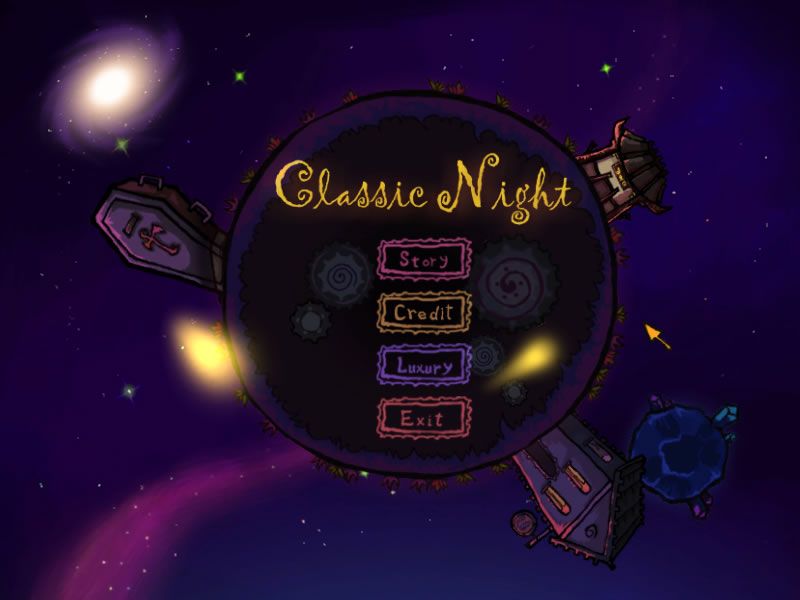
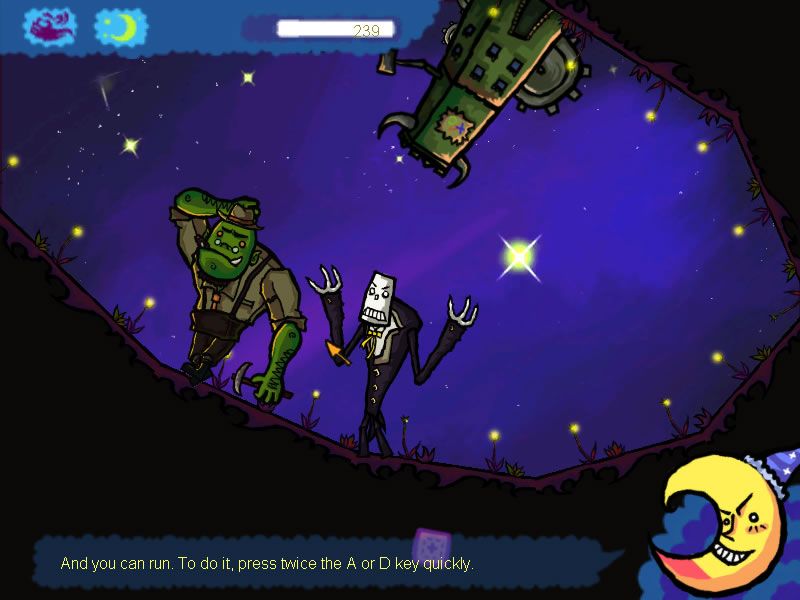
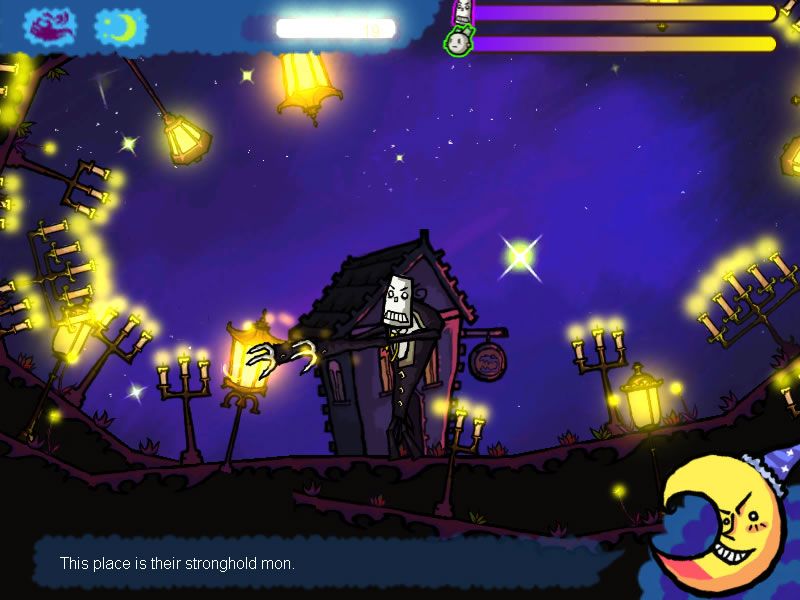
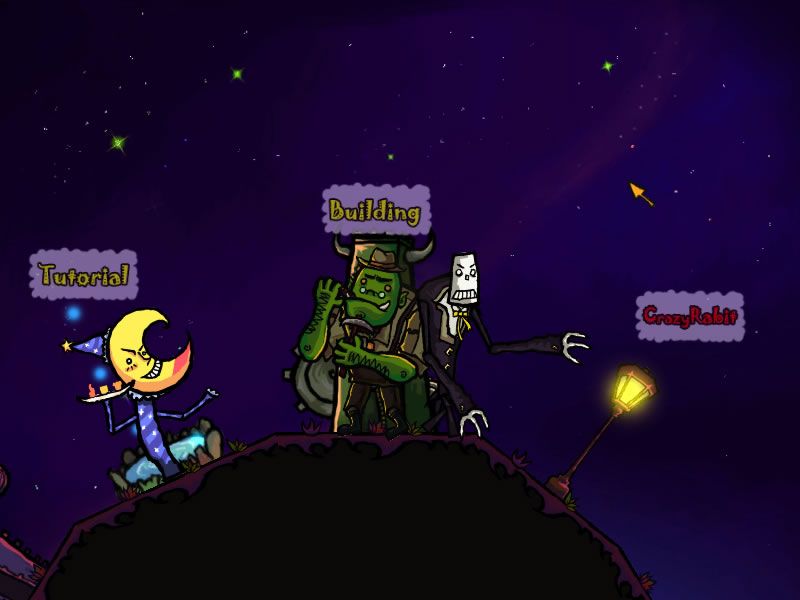
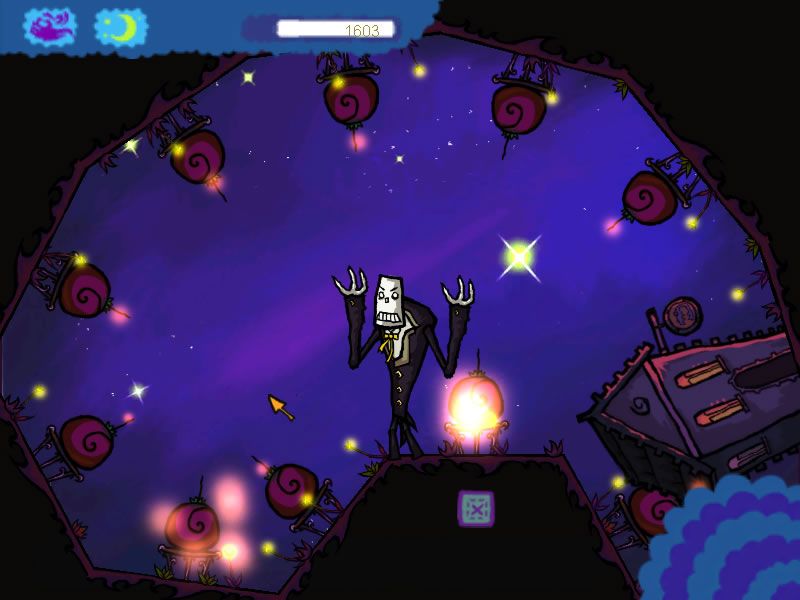



Reviews
There are no reviews yet.